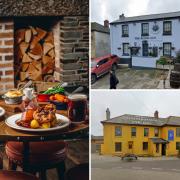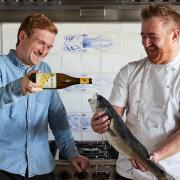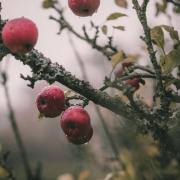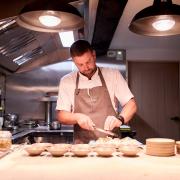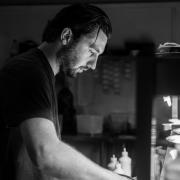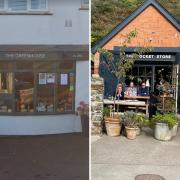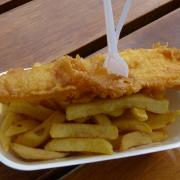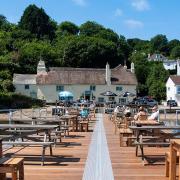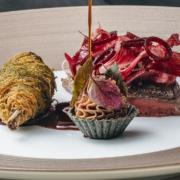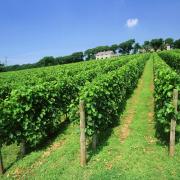Master forager Rachel Lambert has been building up her foraging expertise since her early twenties when she moved to rural Devon.
Now living in Penzance, she is known for her foraging courses and teaching the art of finding foods in the wild. Rachel has learned about foraging in Europe and Asia and in rural England. But it wasn’t always so. Having grown up in the city, her foraging experience was limited – like many of us – to blackberry picking.

‘It’s still foraging,’ she tells me. ‘But there are hundreds of things you can forage – I probably know about 200 of those, and I teach a much smaller number on my courses.’ Having published her first book, Wild Food Foraging in Cornwall and the Isles of Scilly in 2015, her second Seaweed Foraging in Cornwall was awarded a food book ‘Oscar’from Gourmand World Cookbook Awards 2017, in the category Fish. The book focuses on 16 varieties of edible seaweeds found around the coasts of Cornwall and the Isles of Scilly. She has been leading foraging courses and wild food events since 2007.
‘Everything that’s cultivated today has a wild origin – and the things we forage are the unadulterated versions,’ explains Rachel. ‘We used to have a much broader diet, and much of that has been forgotten.’ Foraging also brings new flavours to our palate offering new and exiting contrasts'
Her courses have become immensely popular to both locals and visitors to Cornwall, looking for a foodie element to their visit beyond a visit to Rick Stein’s Seafood Restaurant.

‘It’s a fantastic way of enjoying and appreciating and learning about the environment, as well as discovering new flavours,’ she says of her courses which attract a wide range of people, from older couples, to young families.
‘Foraging is an area that’s growing and it’s becoming increasingly trendy and people are becoming more aware of it.’ And as our love of experimenting on foodstuffs has grown, seaweeds have increasingly found their way on to our plates – think of Samphire, sea spinach and sea lettuce. In the winter (the seasonal aspect to foraging include the sea’s bounty) you’ll find Pepper dulse - also known as truffle of the sea. And bladder wrack is the black seaweed we love to pop - in abundance.' Rachel's book has a useful seasonal seaweed guide.
‘Seaweed is still something quite alien to people – they don’t know what to do with it,’ she says. ‘It doesn’t all taste the same – there’s a real range of flavours, textures and uses. Some works in stocks and broths, some are really good as condiments, some for baking, and even some for setting things like panacotta.’

Seaweeds are also incredibly rich in minerals and vitamins. ‘We would have used these for thousands of years,’ she adds. ‘You can use them for salsa, breads, ice creams and hummus to noodles and soups.’ And if foraging sounds like too much hard work – you can get it ready foraged from specialists like the Cornish Seaweed Company.
‘This book is an intimate voyage to the beaches and the sea,’ says Edouard Cointreau, President of the Jury. ‘It is well written, and useful. It is a model for books that could be done similarly in other regions and coasts in many countries.’
To book and find out more visit wildwalks-southwest.co.uk









